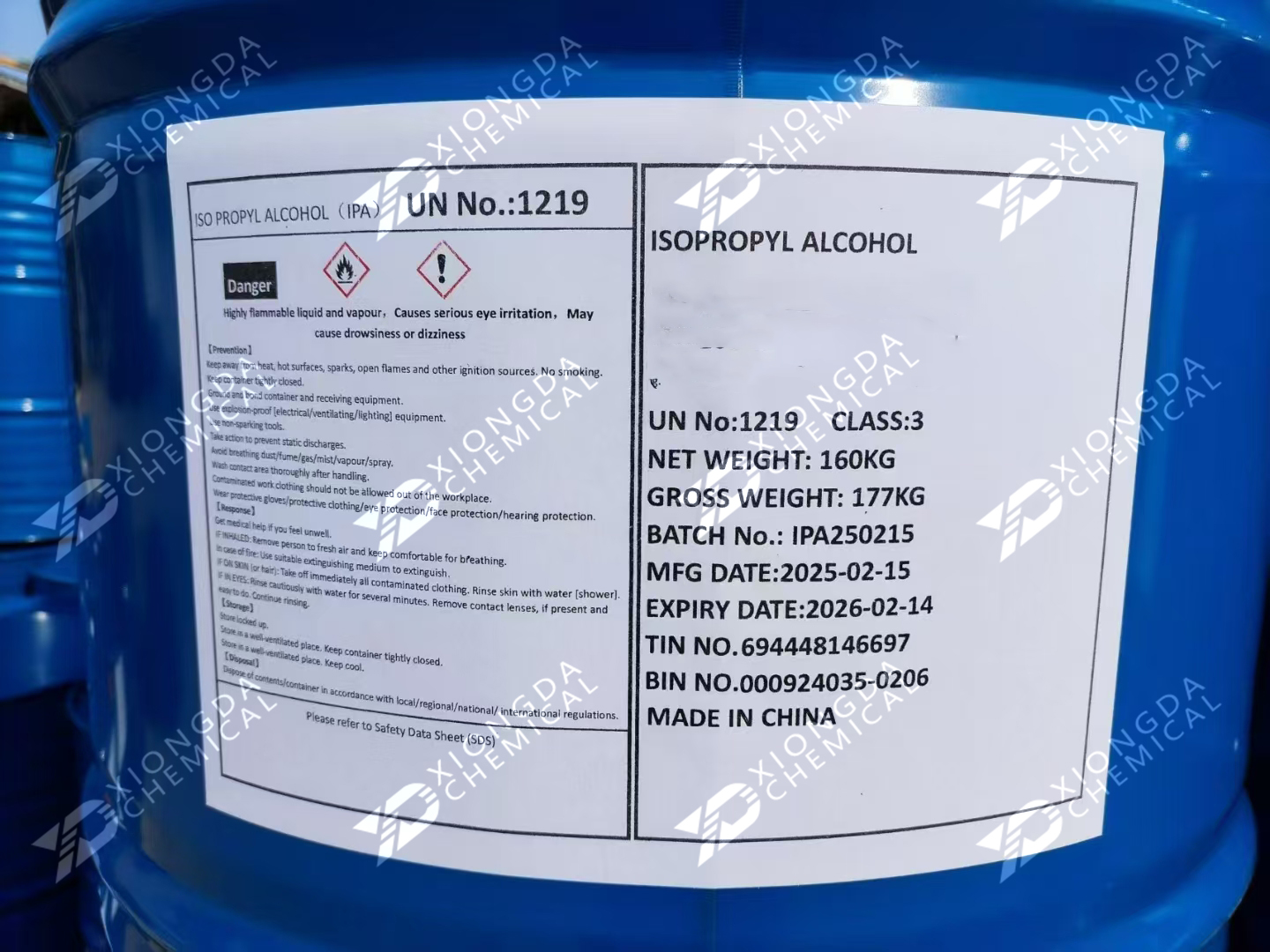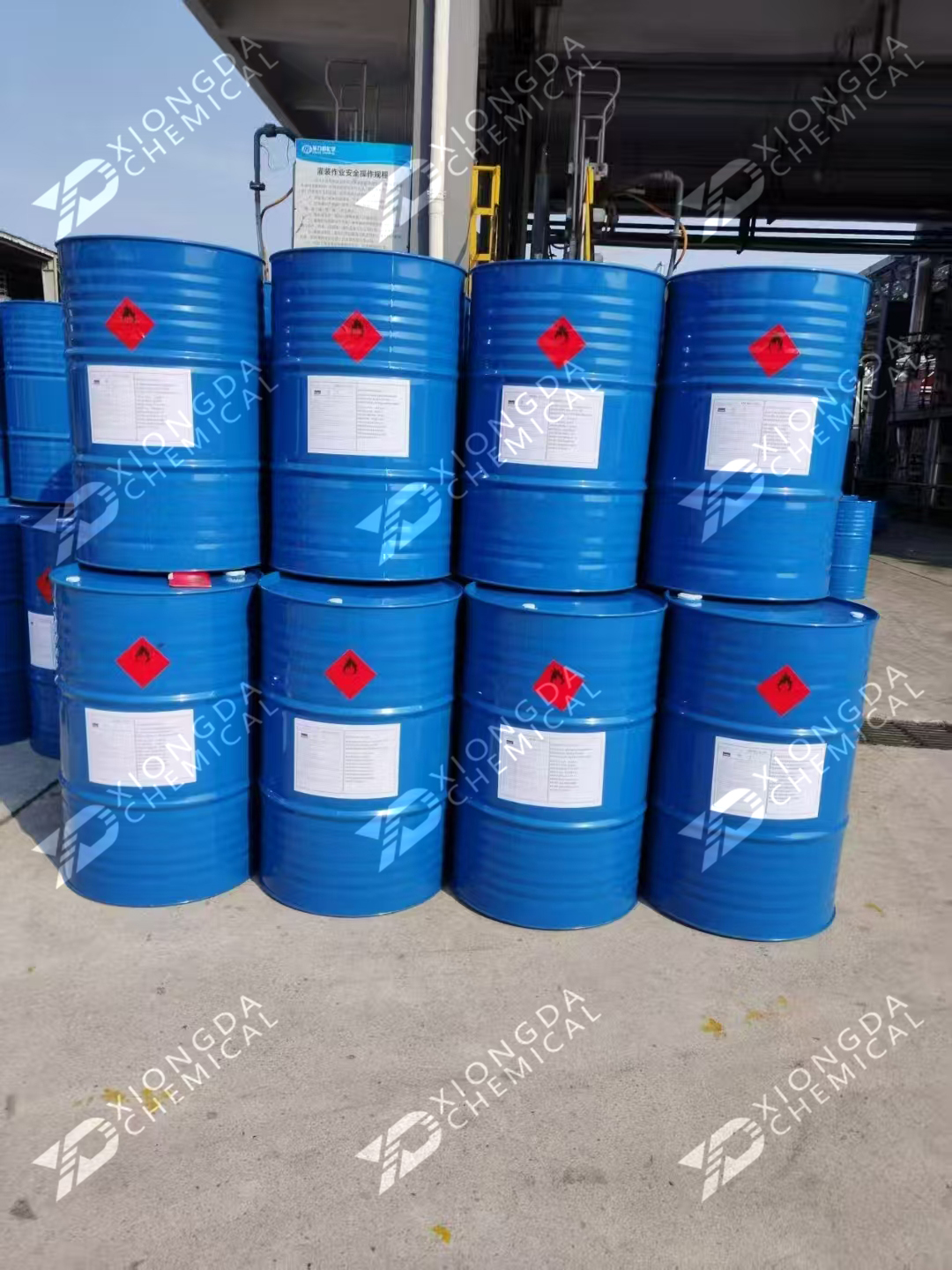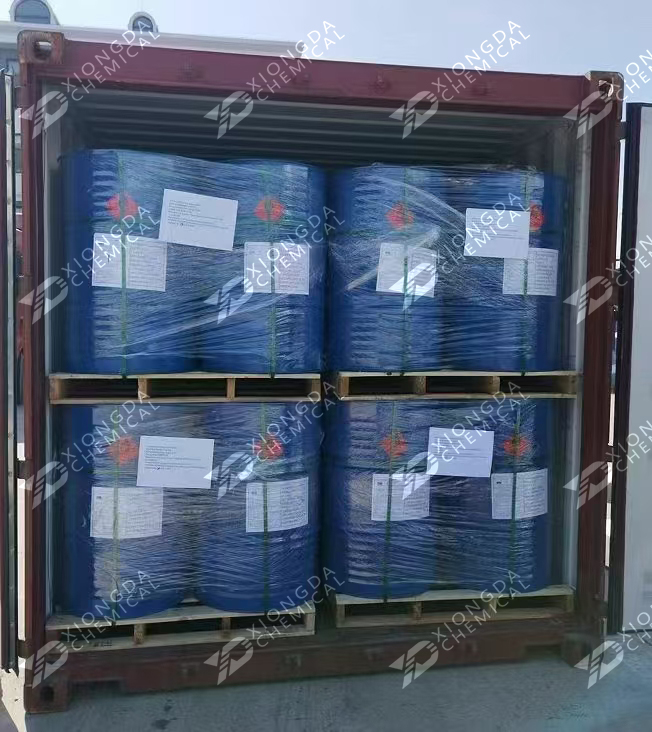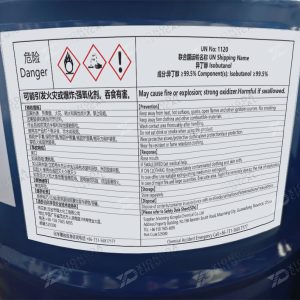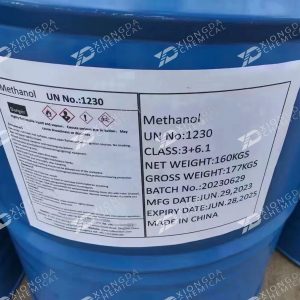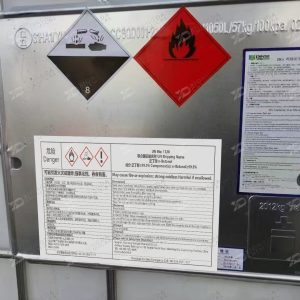- Applications:
- Solvent: Used as a solvent in cleaning, coating, and pharmaceutical applications. It dissolves a wide range of polar and non-polar substances.
- Disinfectant: Frequently used in medical, household, and industrial settings as a disinfectant and antiseptic.
- Antiseptic and Sanitizer: Used for cleaning wounds, disinfecting skin, and sanitizing surfaces in medical and industrial environments.
- Industrial Cleaning: Isopropanol is used to clean electronic components, surfaces, and equipment due to its ability to dissolve grease and oils.
- Cosmetics: Used in cosmetics and personal care products like aftershaves, deodorants, and hand sanitizers as an antimicrobial agent and solvent.
- Laboratory Applications: Commonly used in laboratories for cleaning glassware, removing residues, and as a reagent for certain chemical reactions.
- Hazard Identification:
- Flammability: Isopropanol is a highly flammable liquid and vapor, and it should be kept away from heat, sparks, open flames, and other ignition sources.
- Eye Irritation: Can cause serious eye irritation, leading to redness and discomfort.
- Health Hazards: Prolonged exposure or high concentrations of vapors may cause dizziness, drowsiness, and headaches. Ingestion of large amounts can lead to poisoning, respiratory depression, and other severe effects.
- Inhalation Risk: Inhalation of vapors can lead to respiratory irritation, dizziness, and central nervous system depression.
- Environmental Hazards: Isopropanol is biodegradable, but it may have adverse effects on aquatic life in high concentrations.

- Precautionary Statements:
- Fire Prevention: Keep away from heat, hot surfaces, sparks, open flames, and other ignition sources. No smoking. Store in a well-ventilated area away from any potential sources of ignition.
- Personal Protection: Wear protective gloves, eye protection, and face protection when handling isopropanol. Ensure good ventilation in the work area to prevent inhalation of vapors.
- In Case of Eye Contact: Rinse cautiously with water for several minutes. Remove contact lenses if present and easy to do. Continue rinsing. Seek medical attention if irritation persists.
- In Case of Inhalation: Move person to fresh air and keep comfortable for breathing. If symptoms persist, seek medical attention.
- In Case of Skin Contact: Wash skin thoroughly with soap and water. If irritation or rash occurs, seek medical attention.
- If Swallowed: Call a poison center or doctor if you feel unwell. Do not induce vomiting unless directed by medical personnel.
- Handling Spills: In case of a spill, eliminate all sources of ignition. Use inert materials to absorb the liquid and dispose of it in accordance with local regulations.

